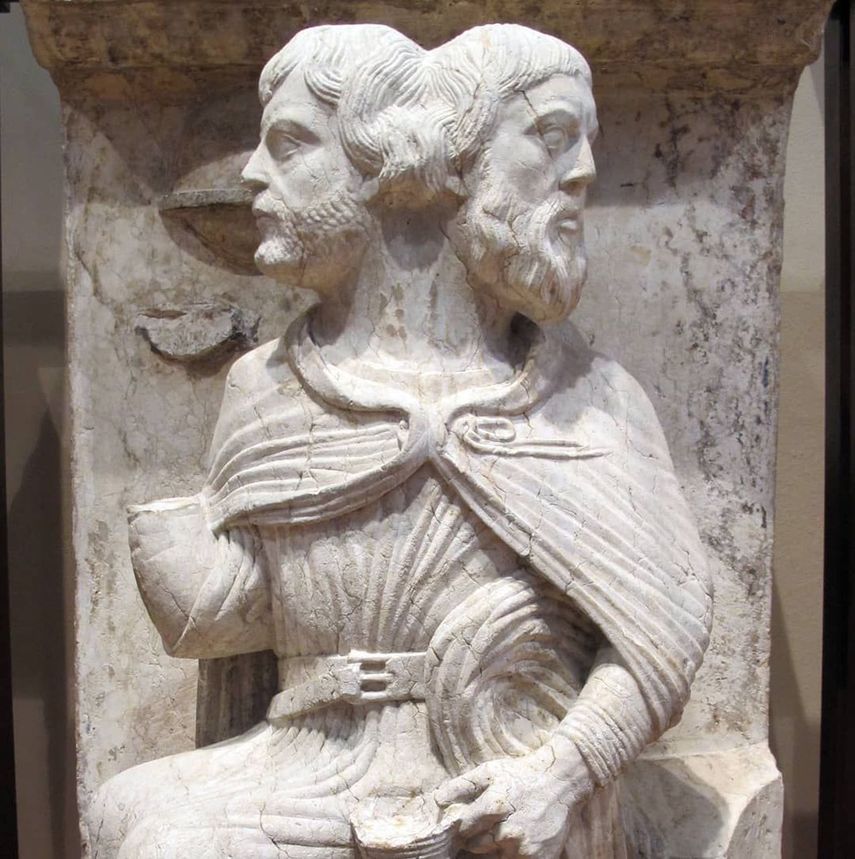MIAMI.- In the heart of the night the victory of light over darkness begins. The solstice of winter It is an annual astronomical event whose symbolism corresponds to ancient traditions.
The solstice only lasts a few moments and according to the forecasts made by the Institute of Celestial Mechanics of France (IMCCE), this year it has been calculated that it will occur on December 22 at 04:27 in the hemisphere north. That will be the shortest last day of the year. From that moment and despite the worsening of the cold and snow in the following weeks, the days will begin to lengthen and the darkness will decrease, the light will become increasingly intense and the Earth, in its translation and circumvallation movements, will begin. his march towards Sol from which he had moved away since the summer solstice that occurs in the month of June.
Nature obeys a transcendent order and laws. Faced with this force that generates life on Earth, we harbor the feeling of the sacred, hence symbols are the links between the manifest world that we perceive and that cosmic order that we try to decipher. Symbols, allegories and rituals activate intuitive resonances that, at a given moment and in specific psychic conditions, enable a new type of perception of reality. Understanding a symbol requires an intimate personal experience and provokes an emotion, an enchantment or a revelation. In this sense, the winter solstice is an event whose symbolism takes us back to ancient traditions.
Christmas is the rebirth of the Sun
The Julian calendar established December 25 as the winter solstice in the Northern Hemisphere and in 1582, Pope Gregory XIII, although he decreed the change to the new calendar, set the Christmas holiday on the 25th of that month. It is no coincidence that the winter solstice and the celebration of the birth of the God child or Sun child occurs on those days. Christmas comes from the Latin Nativitas, which means the commemoration of a return, that is, of the rebirth of the Sun or invictum soliso, invincible Sun, a reason for worship in the temples and rituals of ancient Rome. In fact, from that date on the sun is reborn in all its splendor and the days begin to become longer. Giotto di Bondone (1267-1337), illuminated with his frescoes the Cappella Scrovegni in Padua, considered the cradle of Renaissance art, there he highlights the Nascita di Cristo, the birth of the child God who resembles the Sun.
The cosmic symbol may have mutated in its meaning from one civilization to another, but it has always preserved its essence despite cultural variations. That is why it is interesting to review the symbology associated with the celebrations of the two Saint Johns. The longest day corresponds to the feast of Saint John the Baptist and coincides with the summer solstice, which is celebrated on June 24, and the shortest day of the year is the feast of Saint John the Evangelist called the winter solstice the night on December 22. This celebration has its origins in ancient Rome, with the tradition of the Janus festivities, represented with two faces, one that looks at the past and the other that looks at the future. Janus means Janua gateway, he is the god of doors, beginnings and endings. That is why the first month of the year was consecrated to him and he was publicly invoked on the first day of January, a month that derived from his name from the Latin Ianuarius and from there to January. The Romans celebrated the festival of Janus, the one who opens and closes the doors of the annual cycle. After the Christianization of the pagan myths, the two Saint Johns took their place.
The celebrations with their ceremonies and rituals, such as those of Christmas and New Year, are the response to the deep search and need as a human being to be reborn, to be able to start again, to renew oneself, as happened in the ancient rituals of agrarian cultures that celebrated the cycles of the seasons, as they perceive in nature and in the reading of the stars the meaning of their permanence and survival in the world. The winter Saint John, which symbolizes the rebirth of the invincible Sun or the reborn Sun or the Child God in the Christian faith, appears in the heart of the longest night of the year, to mark its end and begin the rise of the clarity, of the victory of light over darkness. It is the spiritual rebirth accompanied by love, generosity and union, being the opportune moment offered to us by the celestial mechanics of combining noble purposes. Christmas means the rebirth of hope.

